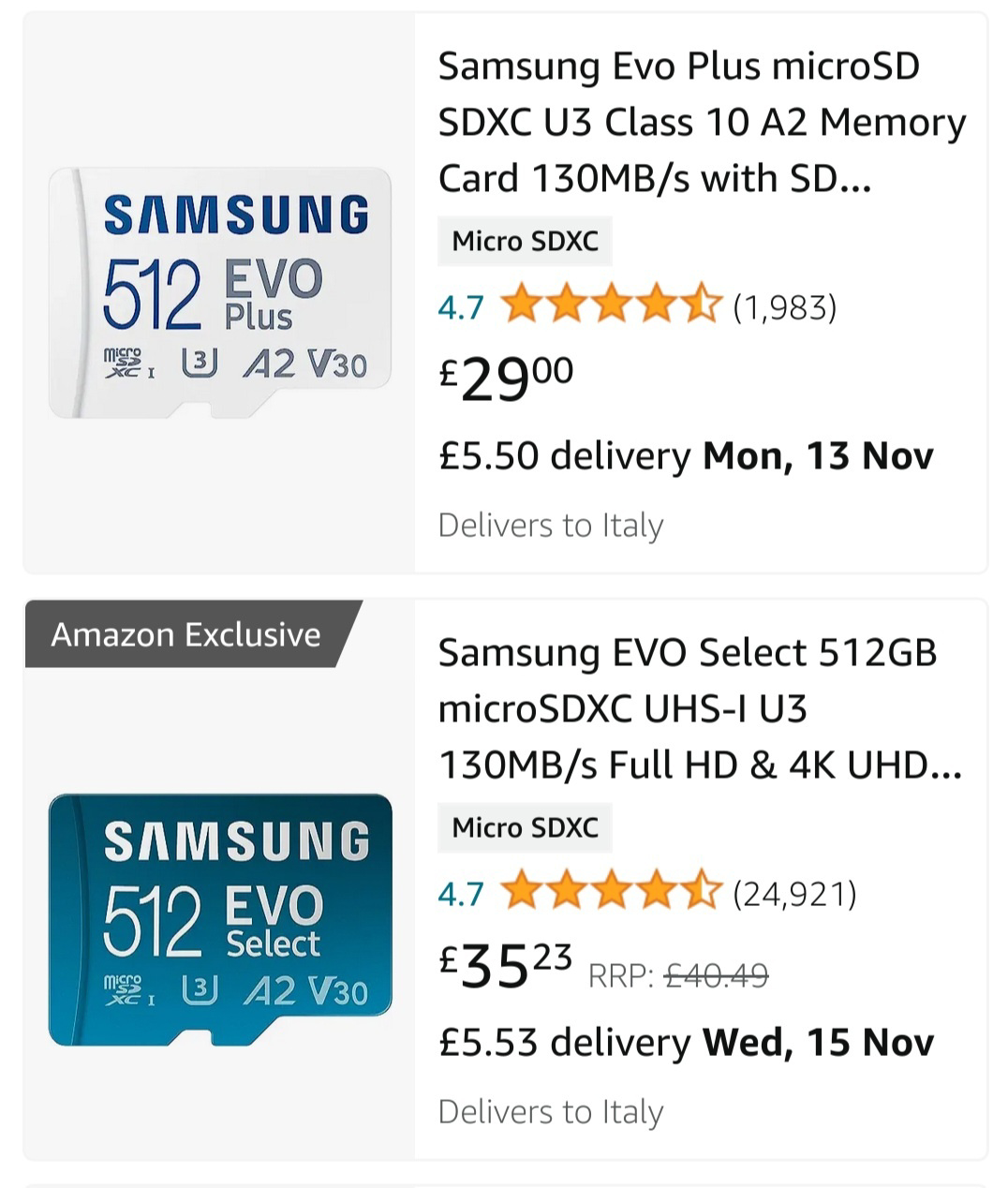this post was submitted on 03 Nov 2023
40 points (88.5% liked)
Steam Deck
15740 readers
168 users here now
A place to discuss and support all things Steam Deck.
Replacement for r/steamdeck_linux.
As Lemmy doesn't have flairs yet, you can use these prefixes to indicate what type of post you have made, eg:
[Flair] My post title
The following is a list of suggested flairs:
[Discussion] - General discussion.
[Help] - A request for help or support.
[News] - News about the deck.
[PSA] - Sharing important information.
[Game] - News / info about a game on the deck.
[Update] - An update to a previous post.
[Meta] - Discussion about this community.
Some more Steam Deck specific flairs:
[Boot Screen] - Custom boot screens/videos.
[Selling] - If you are selling your deck.
These are not enforced, but they are encouraged.
Rules:
- Follow the rules of Sopuli
- Posts must be related to the Steam Deck in an obvious way.
- No piracy, there are other communities for that.
- Discussion of emulators are allowed, but no discussion on how to illegally acquire ROMs.
- This is a place of civil discussion, no trolling.
- Have fun.
founded 3 years ago
MODERATORS
you are viewing a single comment's thread
view the rest of the comments
view the rest of the comments

Select is the one exclusive for Amazon, my understanding is that it’s meant to help with counterfeit ones, as only Amazon has them. Very good cards either way.
Not sure how it compares price wise right now, but look at the Amazon basics ones too: they’re made by the same company that bought Lexar and makes the emmc inside the 64gb Deck. Mine has been going strong for about a year now. Speed wise they’re essentially the same: the standard used in the Deck tops out at 104 megabytes per second, so any claims of extra speed are just marketing.
BTW is normal that the free space on the 64 Steam Deck is actually 40-something gb?? I mean 20gb of OS?
Additionally, to what was already said, the size of storage is giving in Decimal (1000B based) while after formatting it is often shown in Binary (1024B based), which makes the storage look smaller, which it isn't.
And the most of the storage is coming from software stored in your home, not the OS itself. The OS only occupies around 3.3GB on the 5GB root partition:
It should be noted that the way you listed the partitions misses the dual (A/B) install method that the deck uses. There are 2 identical size partitions for root, var, and EFI. When an update occurs. The system installs the new update on the inactive set of partitions and then tells the UEFI to use the other set on the next boot. That doesn't matter too much for 512GB models like your's, but the extra ~5.5GB for the redundant partition layout can be significant for 64GB models.
I've used
df -hand that showed only this three partitions. I've only skipped the tmpfs mounts.The
dfcommand only shows mounted devices and filesystems. You can uselsblkto show all block devices and their partitions. To format it more nicely to show the labels for each partition, you can use these options:lsblk -o name,mountpoint,partlabel,size.This is the output from my deck without the microsd card:
Its on the low side but still within reason. Its not just an OS, it's an OS, a full steam install, a web browser( actually 2 of them because steam also packs an embedded browser), a desktop environment, HD animations, HD wallpapers (several of them) and it adds up quick.
Yep. The os isn’t tiny, plus there’s all sorts of extra stuff. For example 1gb is gone on every Deck because that’s reserved for swap… and then shader cache sneaks in and depending on the game you might run out of space in no time.
Just buy an nvme SSD, the one in the deck is really easy to replace (if you have a good screwdriver, like in the ifixit kit/ other phone repair kits)
I don't even know why they have a 64GB version.
This is the one I use. I believe you want to look for the "A2" SD card. No issues with speed or reliability yet. I play ges like Elden Ring and RDR2.
https://a.co/d/7pFQpEB
Loss leader to increase market share most likely, since Valve loses money on the 64gb model
I suppose that makes sense.
Not everyone is playin triple A titles, for someone like me who prefer old or/and 2.5D games (which are usually under 10Gib), the 64gb variant would be mostly fine.
Shader cache takes a big chunk of the available space
IIRC, it was 20GB of OS at launch, but they shrunk it. Now it's a little over 10GB.